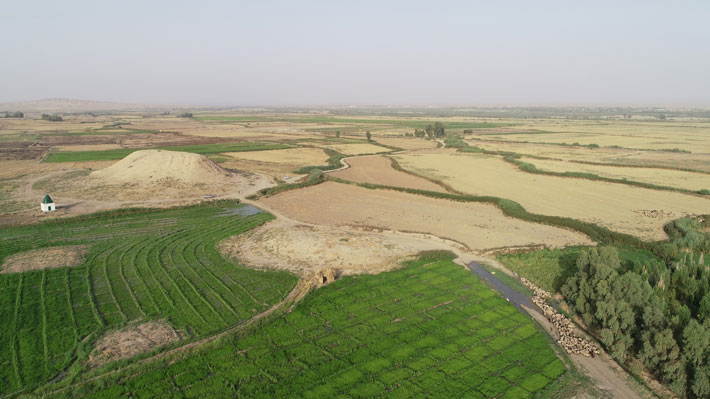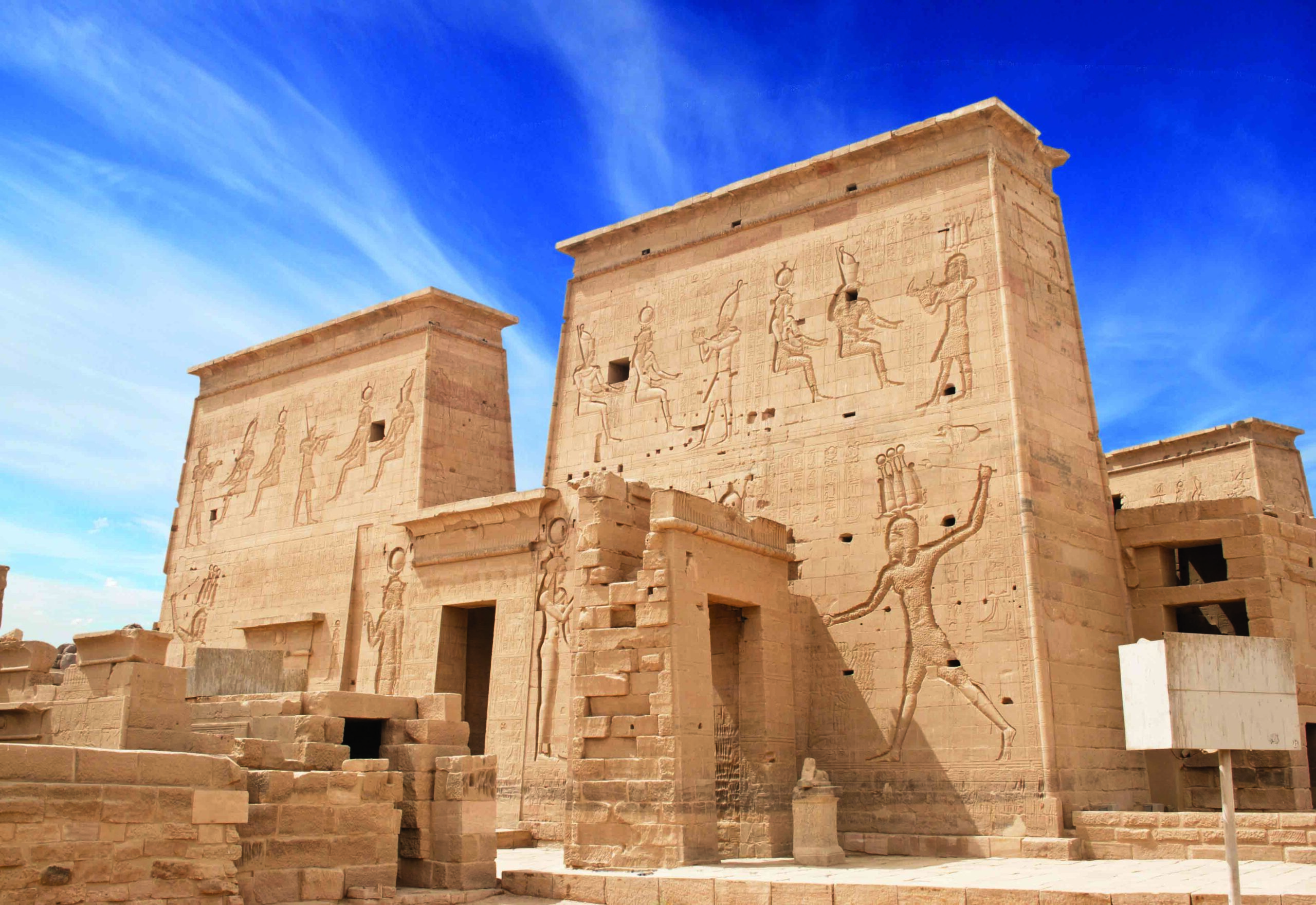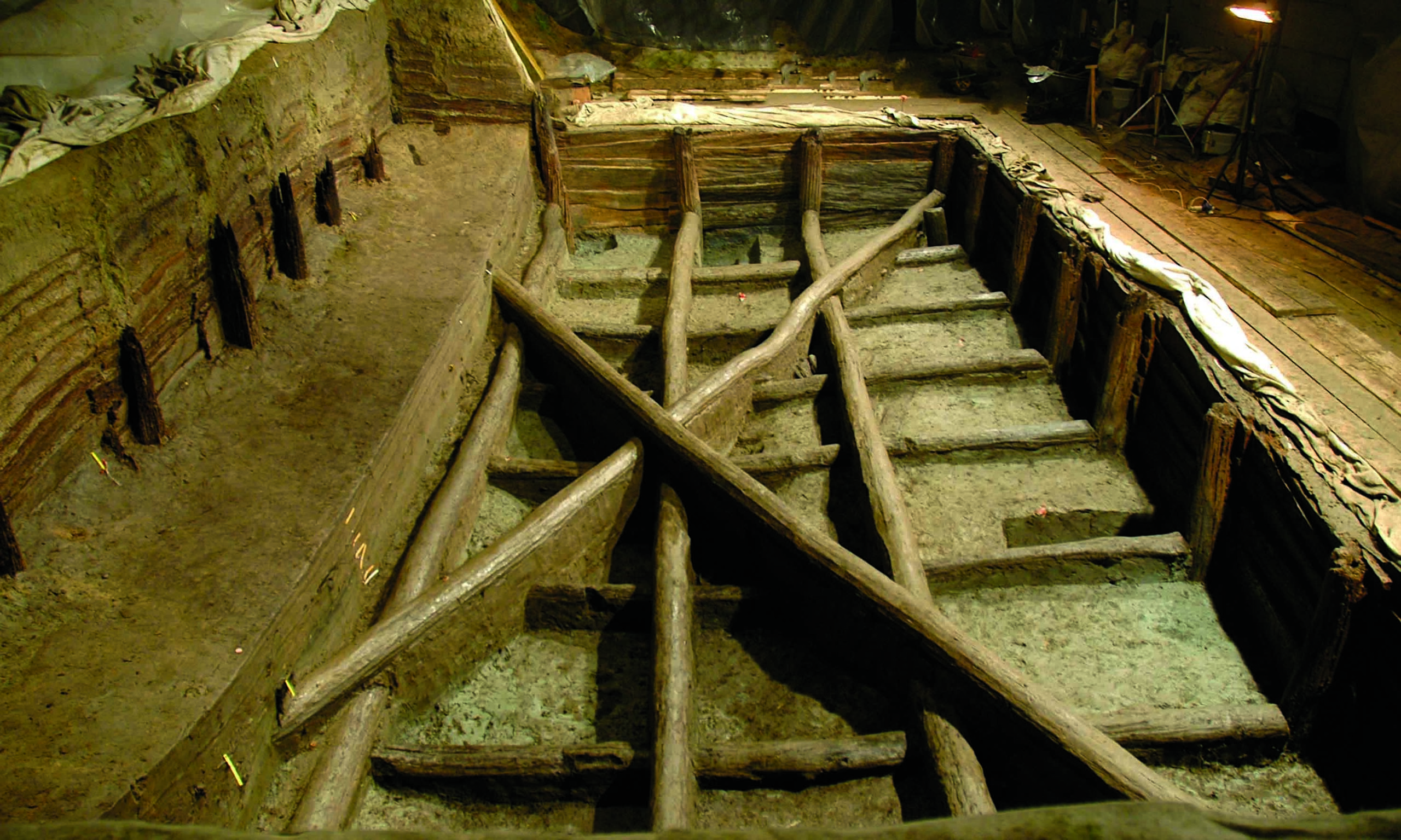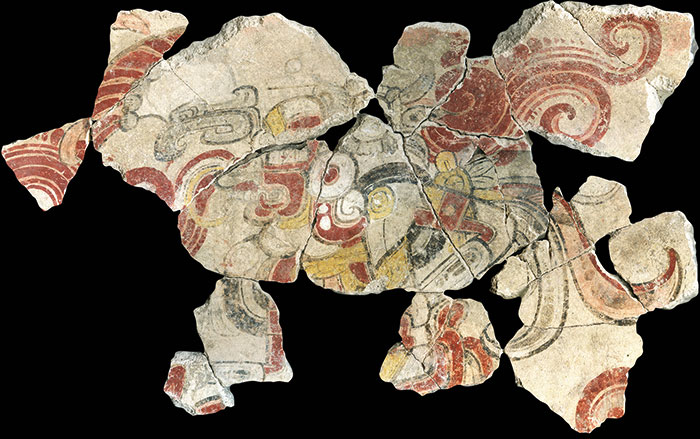
NEW BRUNSWICK, NEW JERSEY—According to a statement released by Rutgers University, evidence for the cultivation of broomcorn millet (Panicum miliaceum) in the late second millennium B.C. has been found at the site of Khani Masi, which is located in the Kurdistan region of northern Iraq. Environmental archaeologist Elise Laugier said the robust, quick-growing summer crop was first domesticated in East Asia, then spread through Eurasia. It had been previously thought that Mesopotamia’s farmers relied on wheat and barley, grown during the wetter winter months, and that millet was first grown in southwestern Asia in the late first millennium, when Mesopotamia’s imperial irrigation systems were first constructed. However, the newly found millet indicates that Mesopotamia’s local farmers created a resilient food system in their semi-arid ecosystem to support the growth of the burgeoning empire. To read about another recent Mesopotamian discovery, go to "Mesopotamian War Memorial."










